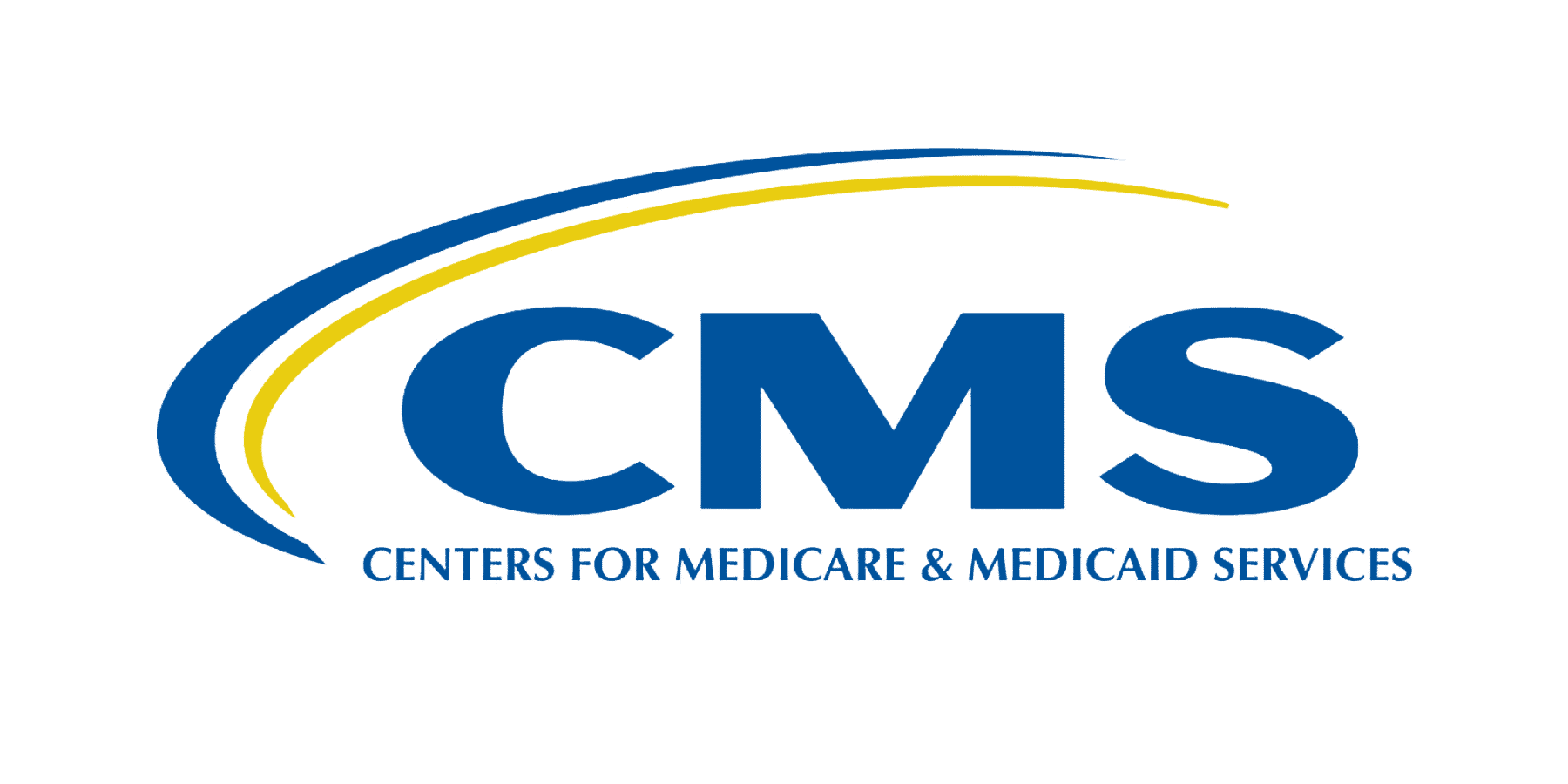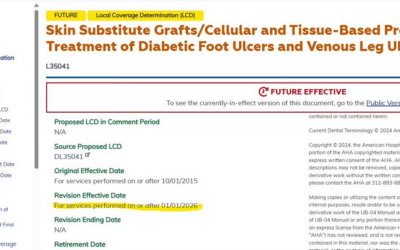Someone emailed me a very interesting question about MIPS performance. By way of background, the Merit Based Incentive Payment System (MIPS) consists of 4 weighted categories which this year are: Quality (30% of score), Cost (30% of score), Improvement Activities (15% of score) and Promoting Interoperability (25% of score). (If you want a broad overview of MIPS through the lens of the wound and hyperbaric practitioner, check out this blog: The Quality Payment Program and What it Means for the Future of Wound Management & HBOT – Caroline Fife M.D. (carolinefifemd.com).)
The interesting question that I was asked was whether the electronic health record (EHR) used by the practitioner made a difference in the COST category. The short answer is “no.” What EHR a doctor uses has zero impact on cost. However, the cost category is why all wound care practitioners should change their specialty code to hyperbaric medicine. If the doctor’s specialty is designated as Undersea and Hyperbaric Medicine (UHM), they are exempted from the Total Per capita Cost (TPCC) part of MIPS. There are a few other specialties that are exempted from cost: Medical Specialty and Total Per Capita (Medicare) Cost (Drink Coffee Before You Try to Read This) – Caroline Fife M.D. (carolinefifemd.com)
Now you should be asking, “Why should a wound care practitioner WANT to be exempted from the cost category of MIPS?” The reason is that the way CMS calculates the cost category is inherently unfair to a wound/hyperbaric practitioner. Cost is calculated according to a doctor’s specialty. Since wound care is not a recognized medical specialty, their Total Per Capita Cost (TPCC) is calculated based on their designated specialty. That may not be a problem for some specialists who typically care for very complex patients, but for most practitioners, the patients they see with chronic wounds are far sicker than the patients seen by their peers in their original specialty. As a result, wound care practitioners have higher TPCC costs when compared to their peers. To CMS, they look like they spend too much money. (See links explaining this below).
Getting exempted from the cost component is a good thing, except that when any practitioner is exempted from cost portion of MIPS, the points for the cost category are distributed to other categories, such as quality. In other words, being exempted from cost makes a doctors’ quality measure performance even MORE important. And what EHR a doctor uses CAN determine their quality measure performance. Did You Know You Could Fail MIPS Quality Reporting Because Your EHR’s Specs are Out of Date? – Caroline Fife M.D. (carolinefifemd.com).
Here are blogs that explain the cost portion of MIPS and why it’s the physician specialty that matters with cost, not the EHR:
- A Case of Mistaken Identity – Caroline Fife M.D. (carolinefifemd.com)
- Counting the Cost – and a Roadmap to Survival (Part 3 of 7) – Caroline Fife M.D. (carolinefifemd.com)
- Counting the Cost – and a Roadmap to Survival (Part 4 of 7) – Caroline Fife M.D. (carolinefifemd.com)
- Medical Specialty and Total Per Capita (Medicare) Cost (Drink Coffee Before You Try to Read This) – Caroline Fife M.D. (carolinefifemd.com)





